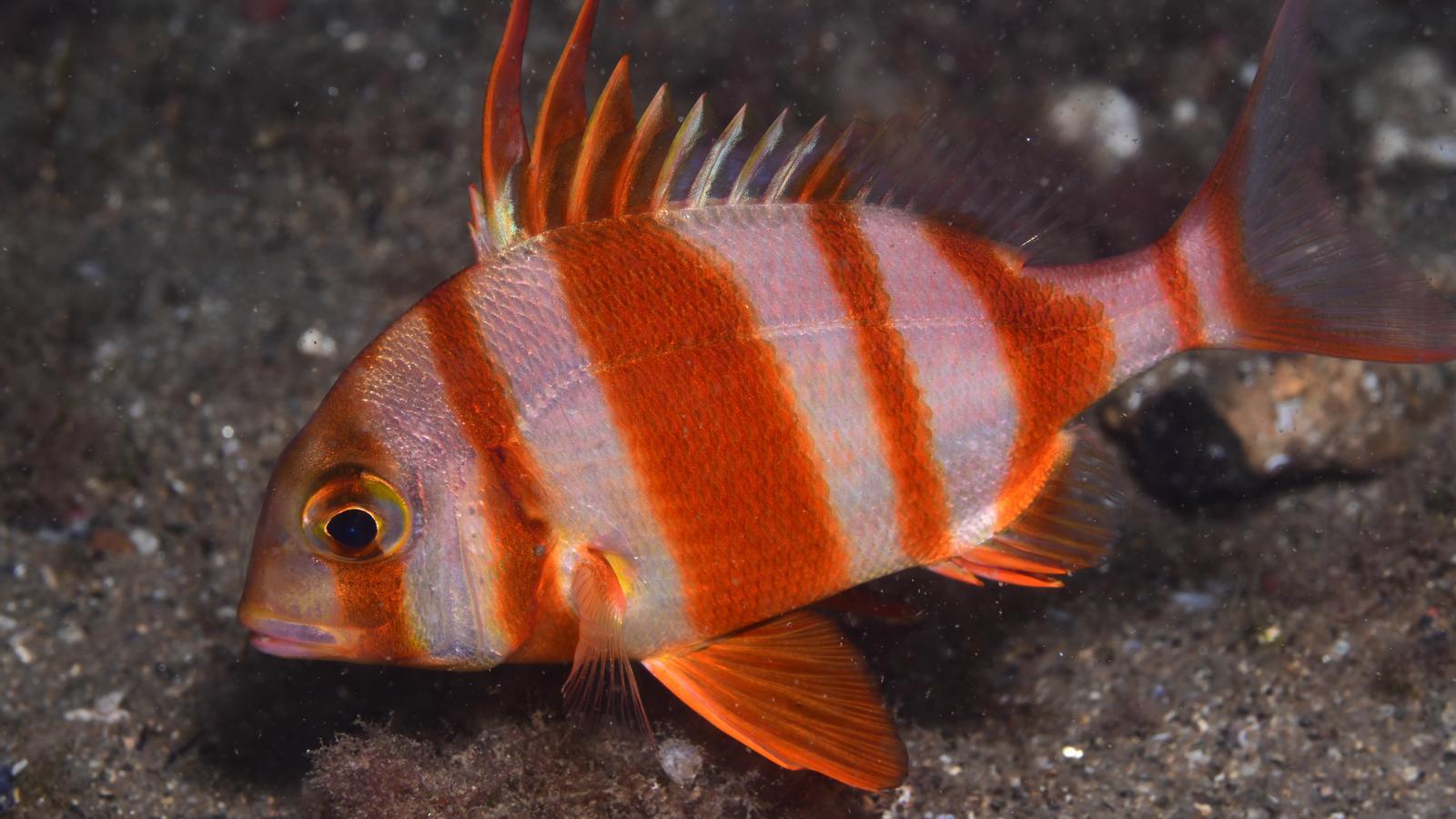More than a hundred marine species return to Barcelona's Olympic Port.
The artificial reefs installed a year ago have become a refuge and breeding ground for crustaceans, fish and octopuses.

BarcelonaThe project to regenerate the seabed of the Olympic Port Barcelona is moving in the right direction. This was stated this Tuesday at a press conference by Mayor Jaume Collboni, who reviewed the first year of the implementation of the fifty artificial reefs that were submerged in this area in the spring of 2024. "In just one year, these structures have become a refuge and breeding ground for more than a hundred," the mayor stated. This image contrasts with the seabed in this area forty years ago, when constant industrial waste had turned it into lifeless mud.
"This represents a further step in the process of coastal recovery and reconnection with the sea that the city of Barcelona is undertaking," added Collboni, who assured that this maritime reserve that has been successfully implemented will not be a space suitable for fishing or diving. All of this is in line with the objective of reversing the effects that human activity has had on the fauna and flora of the coast over the years.
Specifically, the work at Port Olímpic involved creating artificial reefs using fifty concrete blocks—weighing approximately one ton each—submerged last spring. These blocks, located at a depth of approximately ten meters, create the ideal conditions for attracting new species and fostering the current ecosystem. Later, around twenty gabions containing mollusk shells were added.
A year later, the area has been colonized by more than a hundred species that were previously absent, including crustaceans, sponges, different types of rockfish, banded wrasses, breams, sea breams, scorpion fish, octopuses, among many others.
From now on, the Barcelona Zoo Foundation, in collaboration with the Institute of Marine Sciences (ICM) of the Spanish National Research Council (CSIC), the University of Barcelona (UB), and the Polytechnic University of Catalonia - Barcelona Tech (UPC), will lead a scientific monitoring of biodiversity recovery to analyze how colonization continues to evolve.
In this sense, one of the witnesses to the evolution of the coastline is Sito Alarcón, director of the Barcelona Zoo, who couldn't contain his excitement at this recovery of the seabed in "record time." He recalled that when he made his first dive in the area, some 40 years ago, he saw how the seabed was a lifeless desert. Now, however, he proudly stated that Barcelona "has done its homework" to recover marine fauna in this part of the coast.
Collboni stated that the recovery of marine biodiversity is one of the city council's priorities, which has promoted this project through Barcelona Municipal Services (BSM). The director, Marta Labata, emphasized that the recovery of these hundred species is also a small contribution to regenerating the Mediterranean Sea in the face of the negative effects of climate change. "This project gives us hope and demonstrates that the sea responds positively if we act to reverse the situation," she concluded.
